I'm having trouble separating cells in microscope images. When I apply a watershed transform I end up cutting up cells into many pieces and not merely separating them at the boundary/minimum.
I am using the bpass filter from http://physics.georgetown.edu/matlab/code.html.
bp = bpass(image,1,15);
op = imopen(bp,strel('ball',10,700));
bw = im2bw(bp-op,graythresh(bp-op));
bw = bwmorph(bw,'majority',10);
bw = imclearborder(bw);
D = bwdist(~bw);
D = -D;
D(~bw) = -Inf;
L = watershed(D);
mask = im2bw(L,1/255);
Any ideas would be greatly appreciated! You can see that my cells are being split apart too much in the final mask.
Here is the kind of image I'm trying to watershed. It's a 16bit image so it looks like it is all black.
Final image mask:

I separated the cells manually here:
